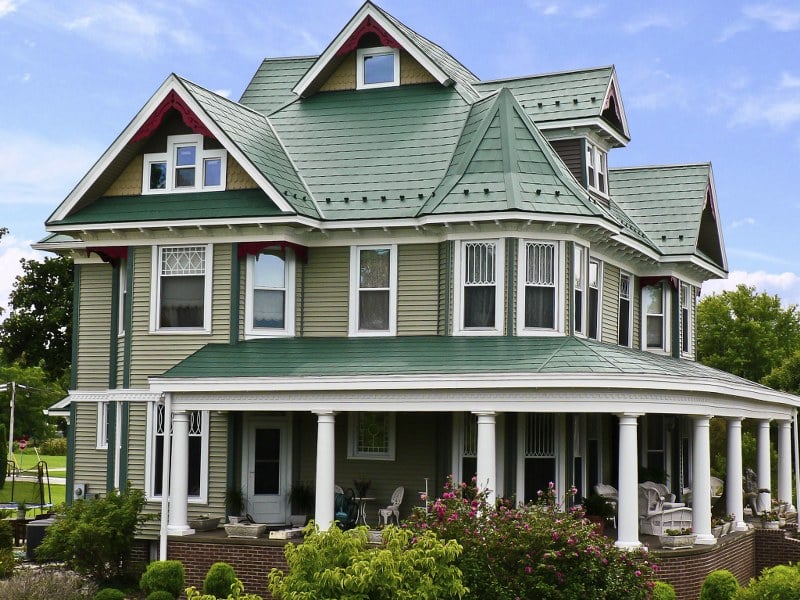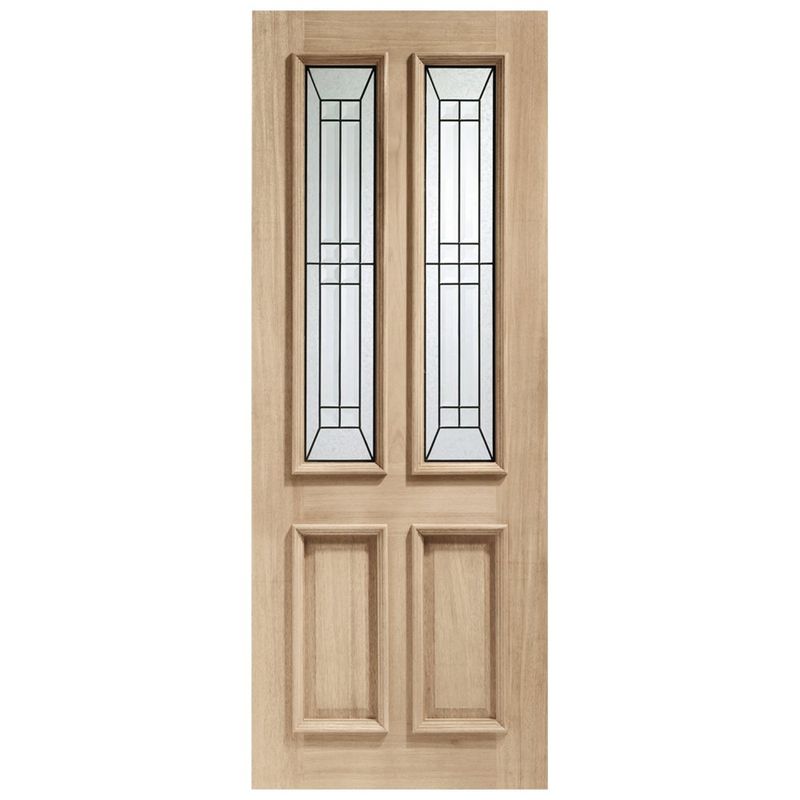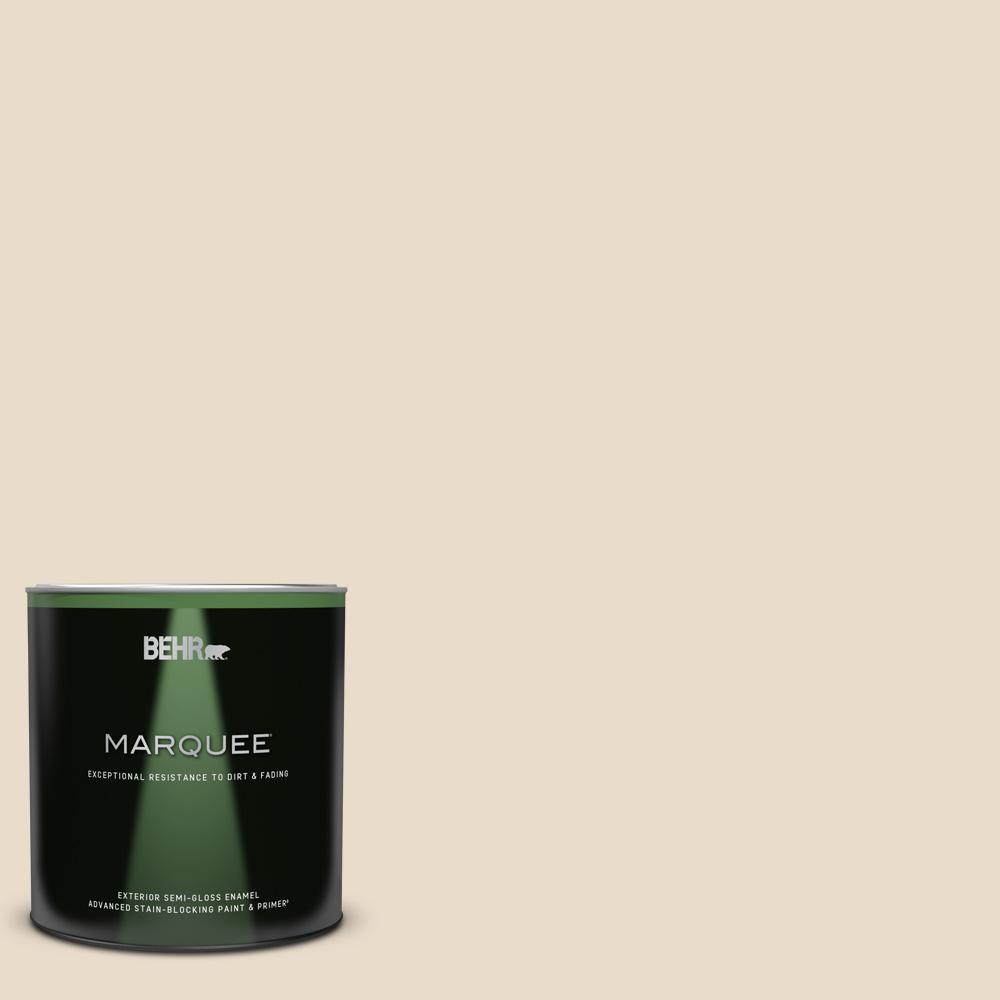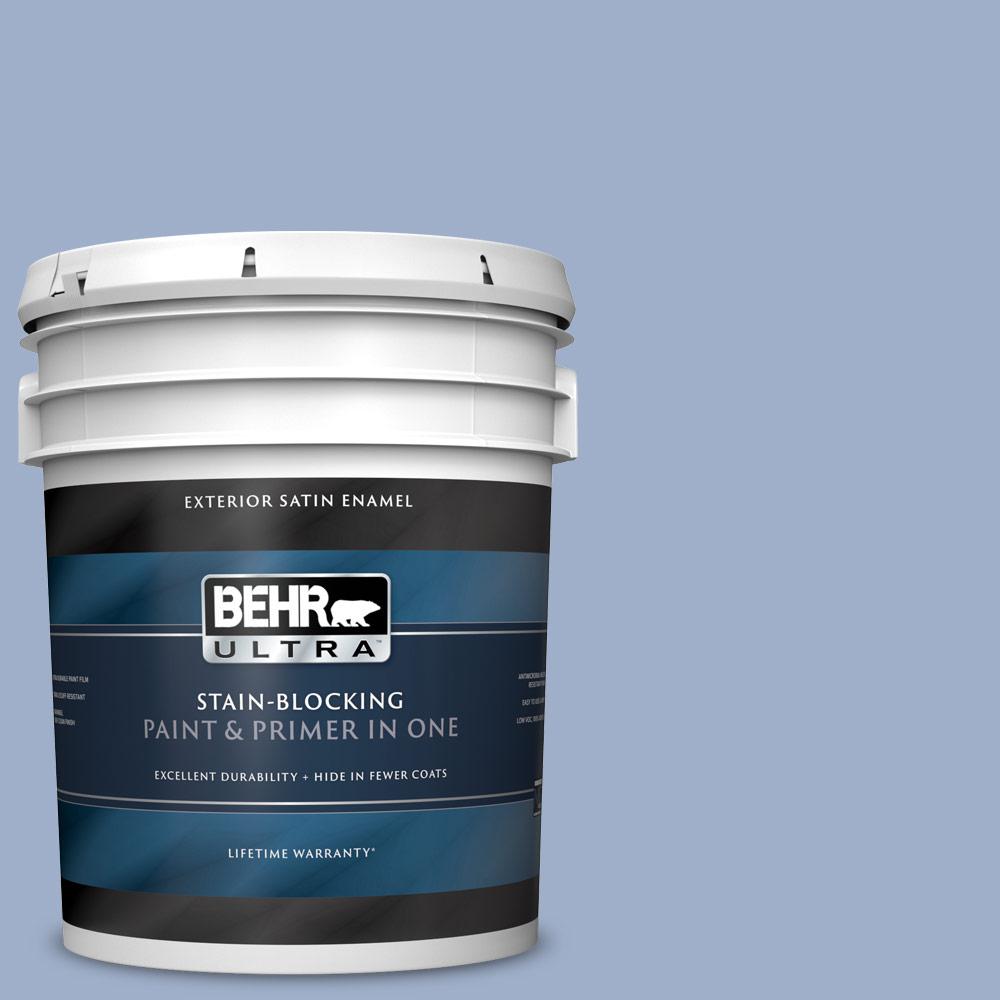Exterior wall cladding can made from all kinds of materials but with so many options now available to architects, choosing the correct material for your next design project can be a challenge (albeit, a very fun one). Here are four cladding options ranked from worst to best to help you choose the right option for your building project. types of exterior cladding materials.
Types Of Exterior Cladding Materials, Its primary benefits lie in its aesthetic appeal, durability, and robustness. The type of cladding material will also affect things like maintenance, cost, and durability. Each material has its own unique properties and characteristics.
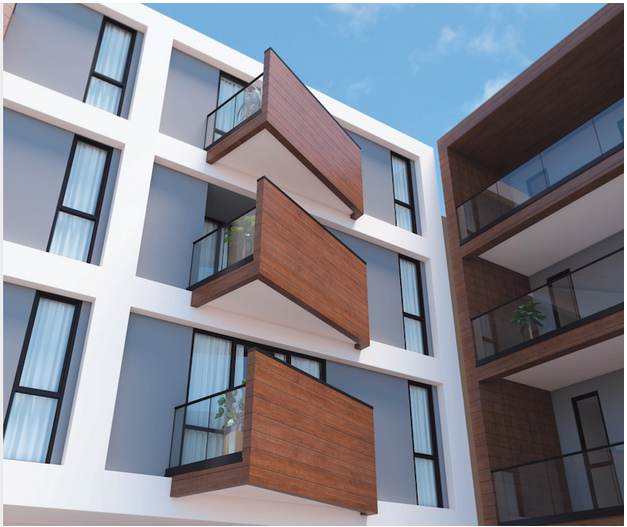 Exterior Wall Cladding The Perfect Surfacing Solution for From greenlamclads.com
Exterior Wall Cladding The Perfect Surfacing Solution for From greenlamclads.com
Exterior cladding possesses numerous benefits. Cladding may be made of timber, masonry, fibre cement or metal. Other exterior cladding types include slate, ceramic or terra cotta tiles, asphalt shingles, adobe, or even unconventional building materials such as glass bottles.
This type of cladding is widely used for the exteriors of a structure.
The most noticeable purpose for your house siding is aesthetics. Factors to be considered for wall cladding types of wall cladding 1. Before you purchase, be aware of any regulations or bylaws in your area that could apply. These finishes helps the building to blend in with other facades in the surrounding neighbourhood. The ultimate home siding guide setting out 17 types of home siding with photo examples, pros, cons, costs and more. Here is an overview of the benefits and drawbacks associated with the most popular.
Another Article :

Factors to be considered for wall cladding types of wall cladding 1. Vinyl for a modern solution, pvc, also known as vinyl or plastic cladding is the way to go. What materials are used for cladding? Exterior cladding possesses numerous benefits. Recent emphasis on green construction has also led to the development of cladding panels made from materials like recycled plastic or tires. Seven excellent cladding materials to improve your home’s.

In this post, we will explore 11 exterior wall cladding design ideas for you to consider on your next project. Here are four cladding options ranked from worst to best to help you choose the right option for your building project. Exterior wall cladding is a type of building surface that is applied to the outside of a house. Vinyl for a modern solution, pvc, also known as vinyl or plastic cladding is the way to go. In this post, we will explore 11 exterior wall cladding design ideas for you to consider on your next project. Exterior cladding materials 2019 Best seller Exterior.

In this post, we will explore 11 exterior wall cladding design ideas for you to consider on your next project. Today, there are numerous choices when it comes to exterior cladding to provide beauty as well as functional benefits. The most common types of cladding are stone cladding, brick cladding, upvc cladding, timber cladding, metal cladding, concrete cladding, weatherboard cladding, glass cladding. Cladding is a layer of material that covers another material, and among the most common types of exterior cladding for houses are vinyl or aluminium. Its primary benefits lie in its aesthetic appeal, durability, and robustness. Vinyl Exterior Wall Cladding, Rs 250 /square feet, Crystal.

Vinyl is often used on new home construction projects. Each material can be transformed and moulded to suit your desired design. Glass cladding wall cladding types faqs: Factors to be considered for wall cladding types of wall cladding 1. Below are the different types of exterior cladding materials that are available in the market. Piedra Natural Piedra Natural CUPASTONE Stone wall.

Popular exterior cladding materials available in the market are laminate, aluminium composite panels, wooden cladding, fibre cement boards, natural stone cladding, vitrified tiles, glass, brick, and many more. Below, we will look at the pros, cons, and prices of different exterior cladding options, emphasizing the embodied energy for each type of material. There’s a marvellous range of materials out there to fire the imagination, from shiny metallic finishes to homely weatherboarding and colourful render, plus the traditional stone and brick […] What materials are used for cladding? Aluminium composite cladding system or acp is made from lightweight aluminium and is frequently used for external cladding as it’s very rigid and strong despite its light weight. The Different Types and Benefits of Exterior Wall Claddings.
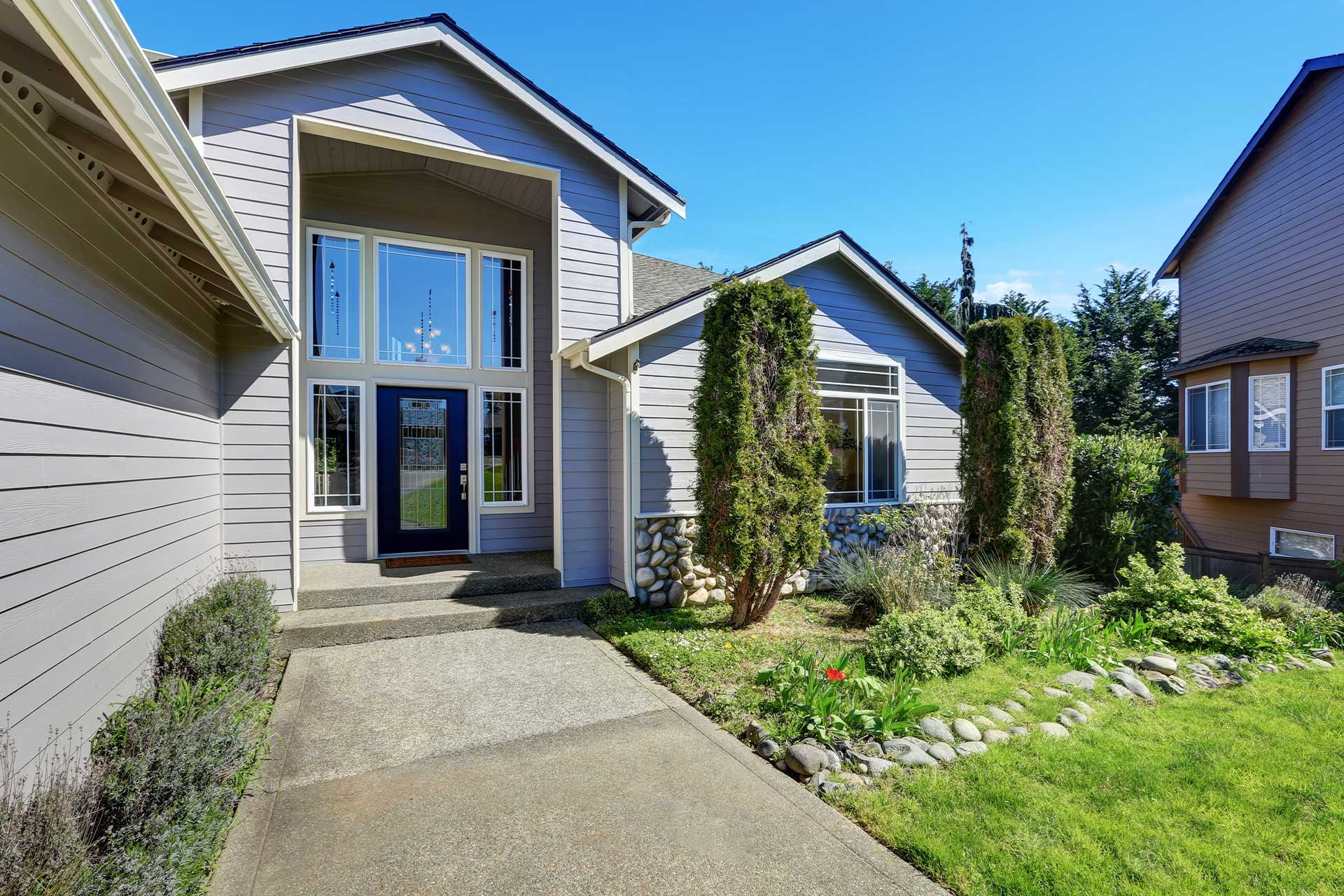
Plastic siding and brick are two of the most commonly used exterior cladding materials. The design options are flexible as a combination of various sizes of the tiles can be merged together to form a unique and polished look. Cladding may be made of timber, masonry, fibre cement or metal. Each material can be transformed and moulded to suit your desired design. In australia material options in external wall cladding or recladding include natural stone, timber, brick, vinyl, aluminium, steel, concrete, ceramic, fibre cement, fibreboard, glass and metal among many more at varying prices. Exterior Wall Cladding Ideas Types of Cladding.

Plastic siding and brick are two of the most commonly used exterior cladding materials. Cladding may be made of timber, masonry, fibre cement or metal. The most noticeable purpose for your house siding is aesthetics. This type of cladding is widely used for the exteriors of a structure. In this post, we will explore 11 exterior wall cladding design ideas for you to consider on your next project. Gharpedia — 9 Different Types of Exterior Cladding.
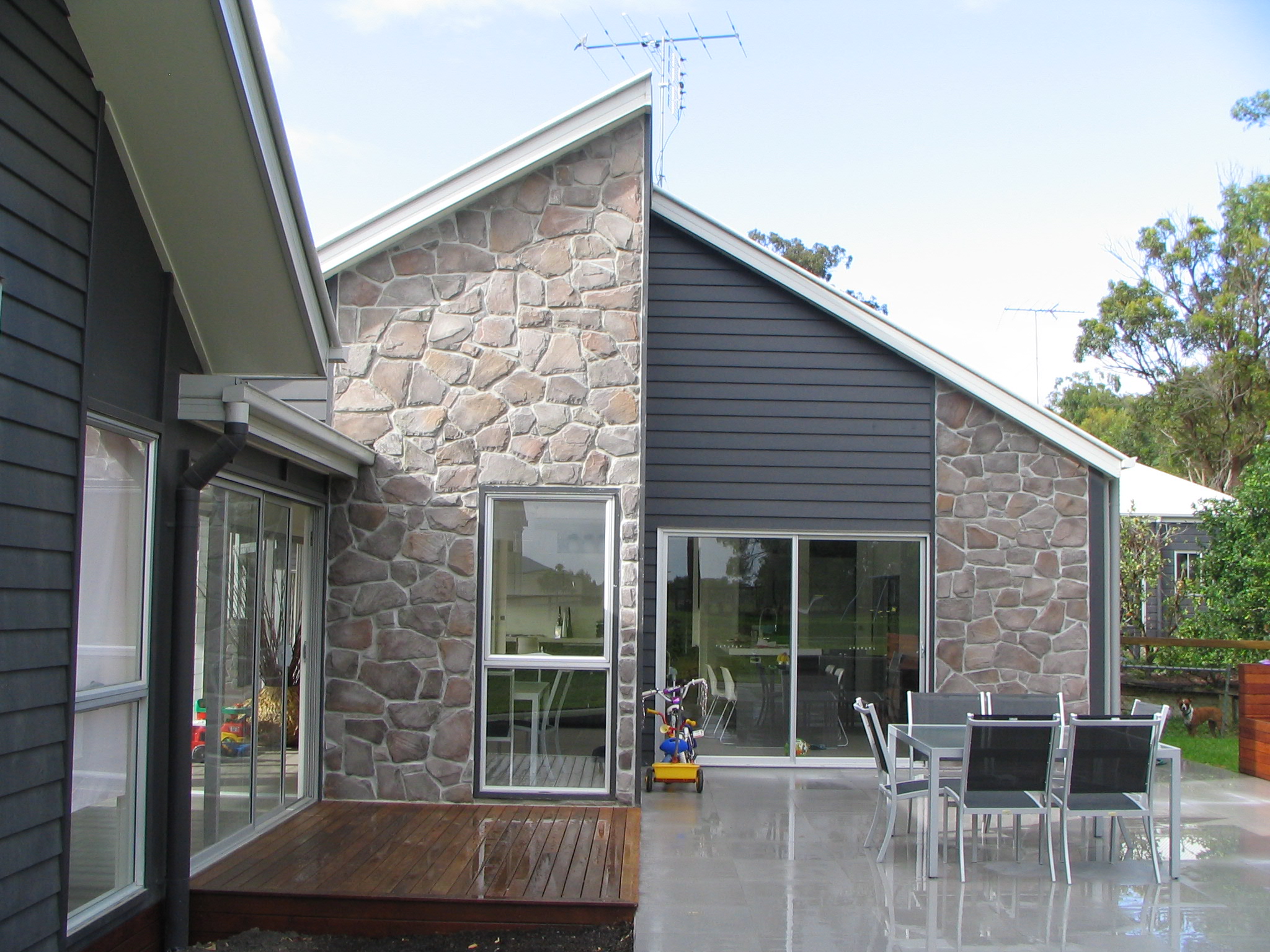
Cladding is a layer of material that covers another material, and among the most common types of exterior cladding for houses are vinyl or aluminium. Before you purchase, be aware of any regulations or bylaws in your area that could apply. What materials are used for cladding? It is waterproof, termite proof and does not rot, warp or crack. Vinyl for a modern solution, pvc, also known as vinyl or plastic cladding is the way to go. 6 Types of External Cladding XL Built.
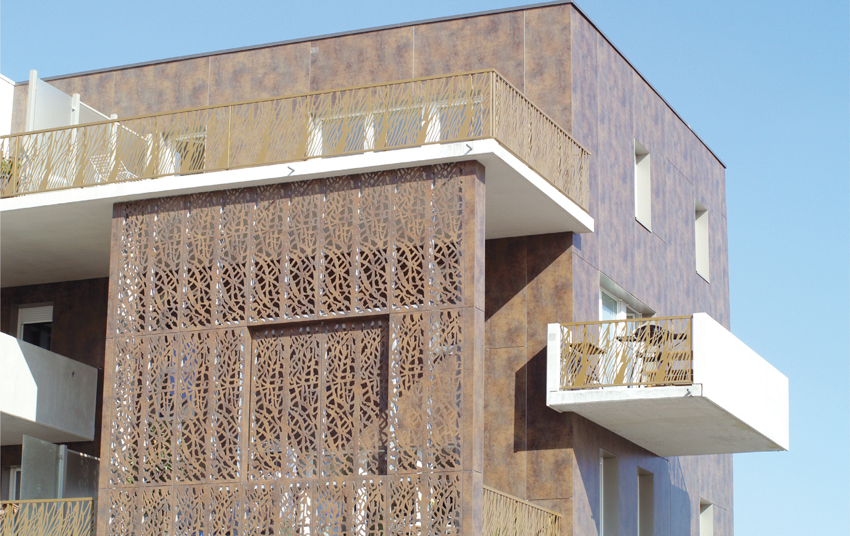
Both brick and stone are used when less traditional or aesthetic materials, such as breeze blocks or concrete are used in construction. 10 best exterior wall cladding options 1. Exterior cladding possesses numerous benefits. External house cladding is like a skin for your home. Stainless steel cladding stainless steel cladding is ranked highly for its extreme resistance to environmental impacts. Wall Cladding Solutions/options/materials Laminate.
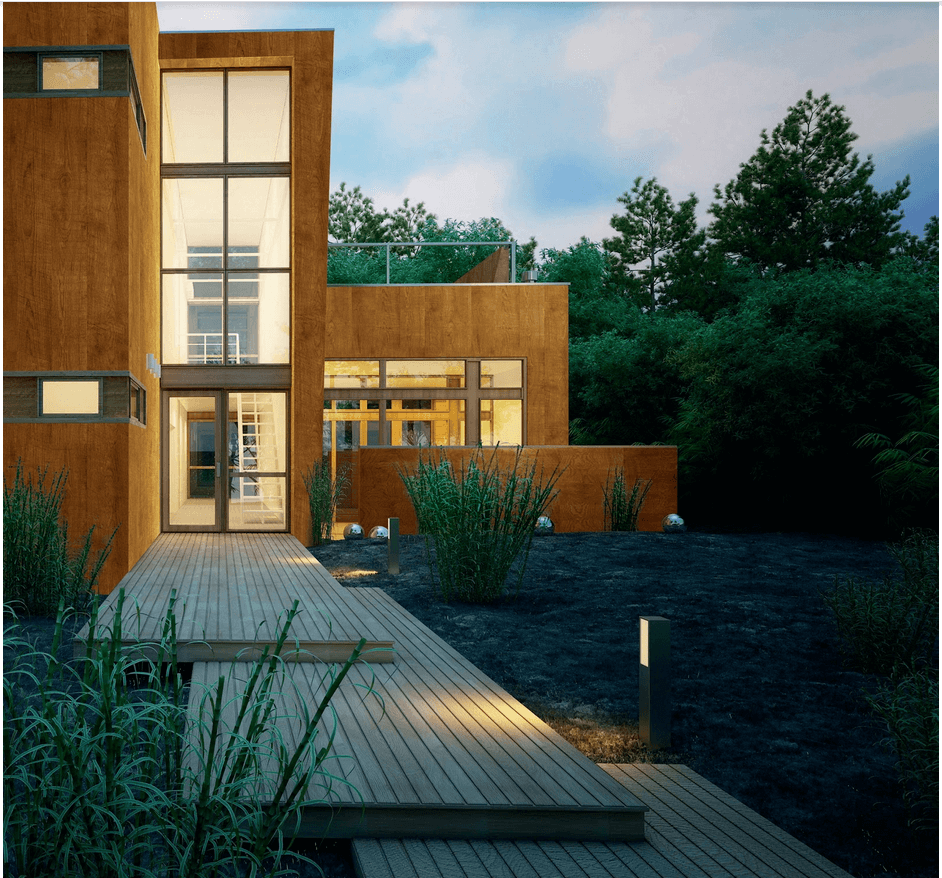
What materials are used for cladding? Vinyl is often used on new home construction projects. What materials are used for cladding? Exterior wall cladding is a type of building surface that is applied to the outside of a house. Acps are frequently used for external cladding or facades of buildings, insulation, and signage. 4 Popular Exterior Cladding Materials Their Pros and Cons.

Acps are frequently used for external cladding or facades of buildings, insulation, and signage. These finishes helps the building to blend in with other facades in the surrounding neighbourhood. The design options are flexible as a combination of various sizes of the tiles can be merged together to form a unique and polished look. Considering each of these will help you find the right siding option for your home. Brick cladding acts as a strong insulator and does not require much upkeep once in. Plastic Cladding BIMsmith Blog House cladding.
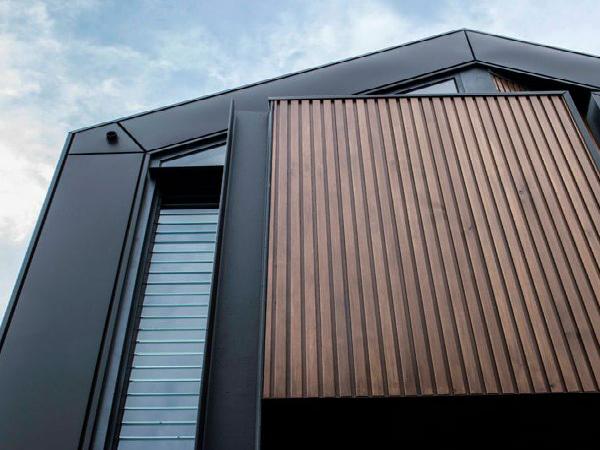
The primary wall cladding materials include: Aesthetics aside, performance and durability should be the main considerations while selecting exterior wall cladding for commercial buildings. The primary wall cladding materials include: Aluminium composite cladding system or acp is made from lightweight aluminium and is frequently used for external cladding as it’s very rigid and strong despite its light weight. Below are the different types of exterior cladding materials that are available in the market. Exterior cladding materials 2019 Best seller Exterior.

Below, we will look at the pros, cons, and prices of different exterior cladding options, emphasizing the embodied energy for each type of material. Recent emphasis on green construction has also led to the development of cladding panels made from materials like recycled plastic or tires. There are so many possibilities for enhancing the interior or exterior look of your house with stone cladding. Aesthetics aside, performance and durability should be the main considerations while selecting exterior wall cladding for commercial buildings. Its primary benefits lie in its aesthetic appeal, durability, and robustness. Types Of Vinyl Siding House Exterior Wall Cladding.

As a cladding material, thin layers of typically sandstone or slate are used. Metal (copper, zinc, galvanized or stainless steel) rain screen systems are a popular choice. The design options are flexible as a combination of various sizes of the tiles can be merged together to form a unique and polished look. It is easily the most affordable type of cladding on the market, it has a very simple installation process and it requires next to no maintenance! Each material has its own unique properties and characteristics. Exterior wall cladding many structures, colours, models.

In australia material options in external wall cladding or recladding include natural stone, timber, brick, vinyl, aluminium, steel, concrete, ceramic, fibre cement, fibreboard, glass and metal among many more at varying prices. Both brick and stone are used when less traditional or aesthetic materials, such as breeze blocks or concrete are used in construction. The most common types of cladding are stone cladding, brick cladding, upvc cladding, timber cladding, metal cladding, concrete cladding, weatherboard cladding, glass cladding. Cladding is primarily a protective layer between your home and the external elements. Exterior wall cladding can made from all kinds of materials but with so many options now available to architects, choosing the correct material for your next design project can be a challenge (albeit, a very fun one). Some of the new types of roofing materials are steel.


